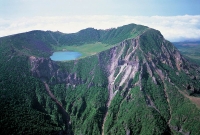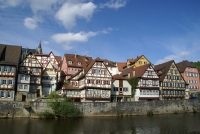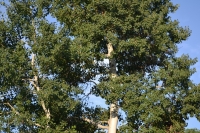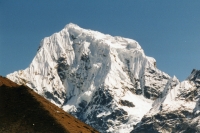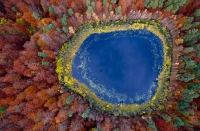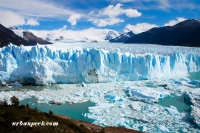ORGANIZATIONS UNITED For Responsible Low-Level Radioactive Waste Solutions: The widespread uses and benefits of radioactive materials are one of our society's great untold stories. Few Americans realize that our advanced industrial economy and high standard of living would not be possible without the use of radioactive materials in medicine, agriculture, industry, science and government. We thank Eric Jelinski, President of Environmentalists for Nuclear - CANADA, for providing this document from 1994.
World Nuclear Student Body (D. Dharamshi, J. Sah, J. Dhingra, S. Pundir) Advocate, India
08.Dec.2016Dhruv Dharamshi, Jeet Sah, Jagriti Dhingra, Sonakshi singh Pundir, Nuclear Engineering students at Amity University, India: The idea is - to unite all students in the nuclear community on a single platform – to form the World Nuclear Student Body (WNSB). Given that the nuclear community is a small one, the project is realistic, with innumerable possibilities. Apart from the networking and educational aspects of such a platform, it would offer a level playing field for students to display their skills at an international level.
Cairns Bain, Nuclear Africa: Long before the advent of the atomic bomb or nuclear power, mankind lived in a radioactive world. Our planet is made up of the nuclear debris of exploding stars, consisting of both the stable elements and also some long-lived radioactive isotopes of uranium, thorium and potassium. We also continue to be bombarded with cosmic rays from our own sun and from distant galaxies. Our very bodies carry a mix of radioactive materials imparted to us from Mother Nature.
Nuclear Africa, Kelvin Kemm: What is nuclear medicine? Nuclear medicine involves the application of radioactive substances to people, in both the diagnosis and the treatment of disease. In nuclear medicine procedures, radioisotopes are combined with other chemicals or pharmaceutical compounds to form radiopharmaceuticals. They migrate through the body and localise in specific organs or cellular receptors. This property provides nuclear medicine with the ability to image the extent of a disease process in the body, based on the cellular function and physiology, rather than relying only on physical changes in the tissue anatomy.

